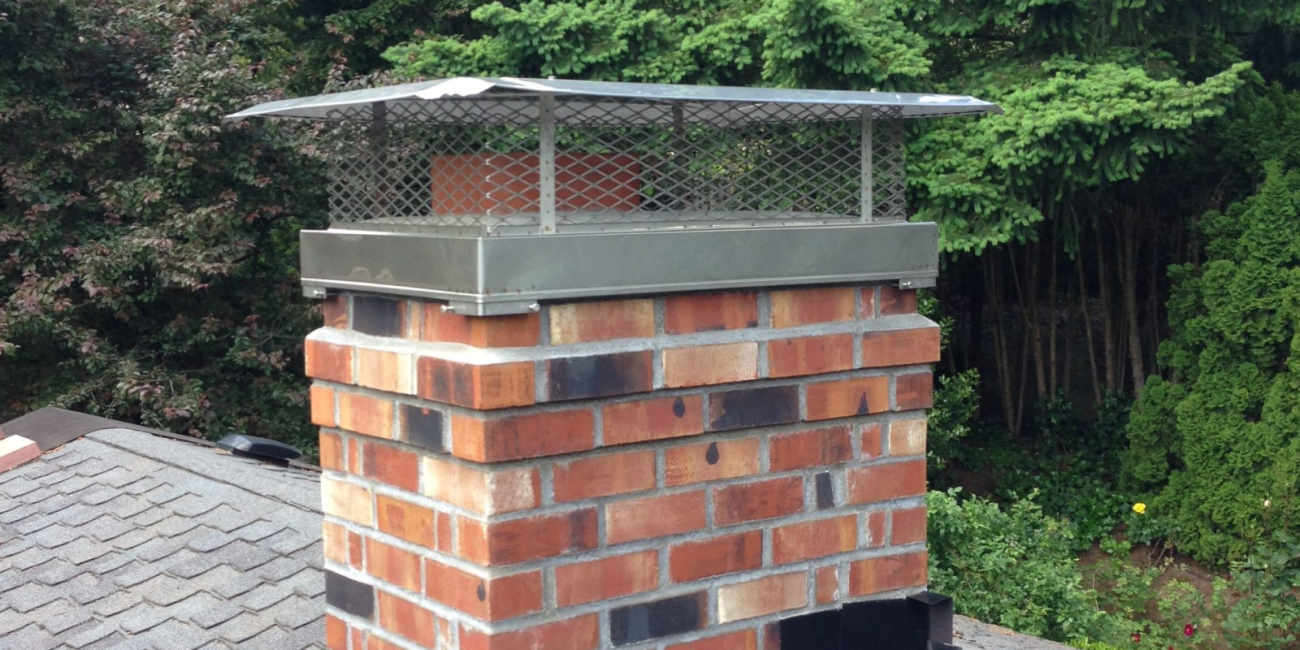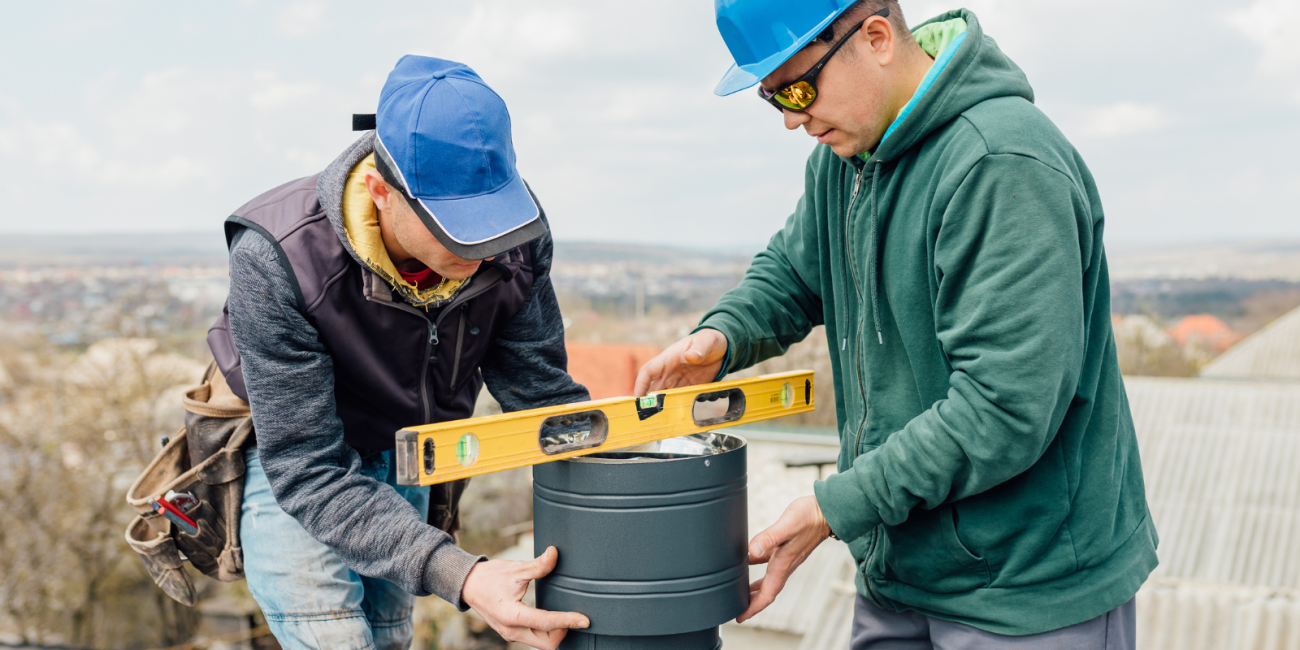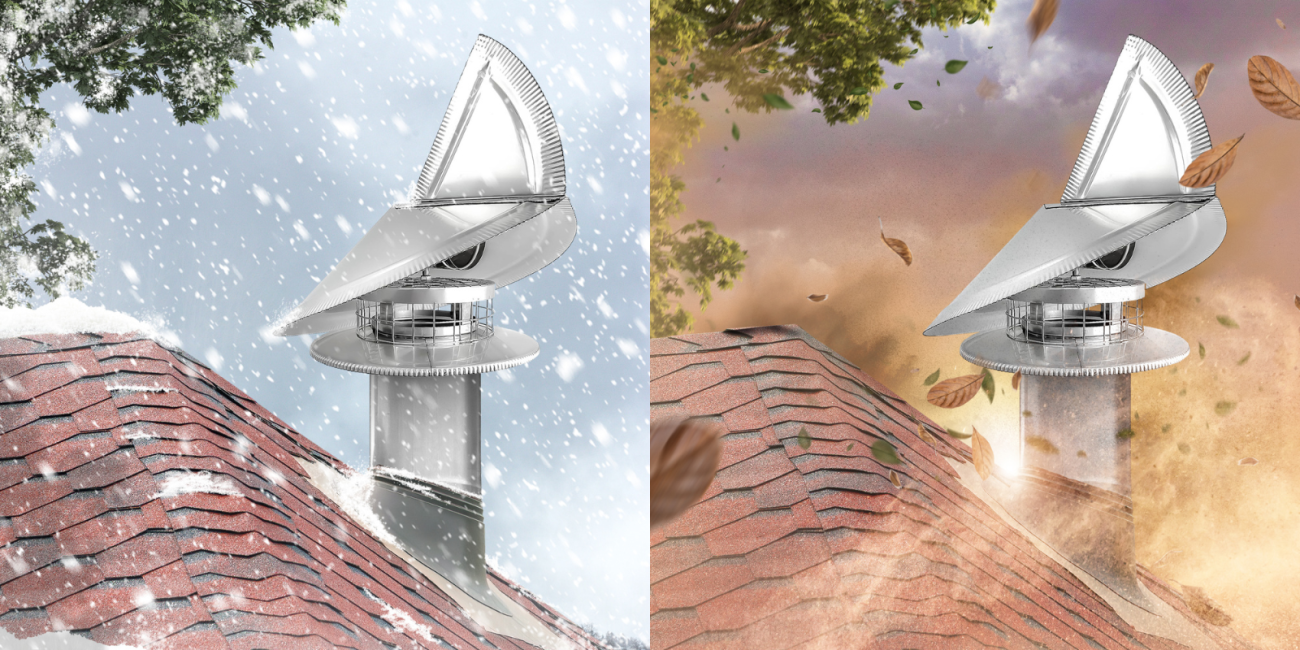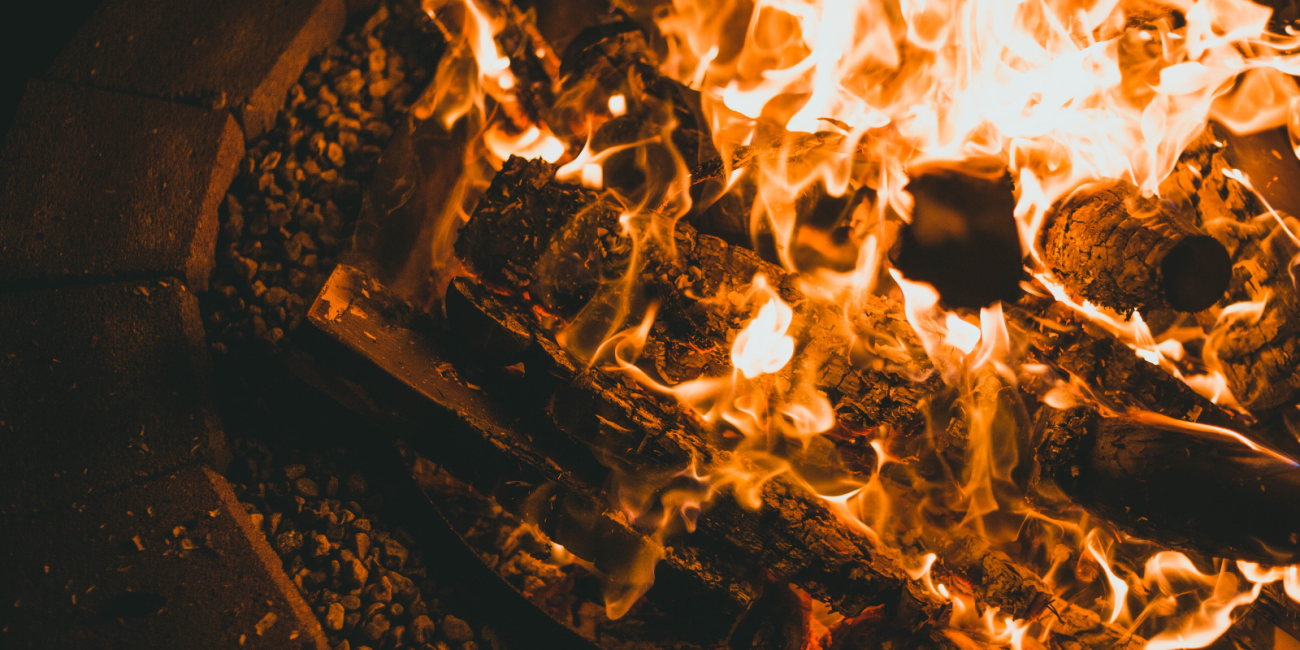Pros and Cons of Cap on Chimney: Key Considerations for Homeowners

Introduction
When considering the safety and maintenance of a home’s fireplace, the discussion often turns to the addition of a chimney cap. These protective covers sit atop a chimney to ward off a host of potential problems, from environmental invaders to weather-related issues. They are essentially a shield for the vulnerable chimney flue, which is responsible for venting the smoke and gases from a fireplace up and out of a home.
Although chimney caps are generally seen as beneficial, they are not without their drawbacks. Homeowners must weigh these against the potential benefits to determine if a chimney cap installation aligns with their needs. From the materials used in the construction of the cap itself to the specifics of the individual chimney structure, various considerations come into play when deciding on the appropriateness of a chimney cap for a particular home.
Key Takeaways
- Chimney caps serve as a protective shield for chimney flues, essential for smoke and gas ventilation.
- Homeowners must evaluate the pros and cons of chimney caps in relation to their specific needs and chimney structures.
- Regular inspection and maintenance can minimize the potential drawbacks associated with chimney caps.
Basics of Chimney Caps

Chimney caps serve crucial roles in maintaining the functionality and safety of a chimney. From preventing wildlife intrusion to mitigating water damage, these fixtures are an integral part of a well-maintained fireplace.
Purpose and Function
Chimney caps are designed primarily to cover the top of a chimney. They fulfill various functions, such as:
- Preventing water entry: By shielding the chimney flue from rain and snow, chimney caps protect the chimney’s interior and help prevent water damage.
- Blocking wildlife access: The mesh sides act as a barrier against birds, squirrels, and other animals that could nest inside the chimney.
- Reducing downdrafts: In windy conditions, a chimney cap can prevent downdrafts, which are gusts of air that enter the flue and can blow smoke back into the home.
- Stopping sparks and embers: A chimney cap with a spark arrestor can catch potentially hazardous sparks and embers that rise from the fireplace, reducing the risk of a roof fire.
Types of Chimney Caps
Chimney caps come in a variety of styles, with two common types being:
- Single-flue caps: These attach directly to the flue and are suitable when only one flue requires protection. They are typically round or square and come in different sizes to fit the specific diameter or width of a flue.
- Multi-flue caps: These are larger and designed to cover multiple flues or the entire chimney crown. They offer protection for the whole structure and are fitted around or on top of the chimney crown.
Materials used in chimney caps include stainless steel, copper, and galvanized metal. Stainless steel and copper are more durable and resistant to rust and corrosion, whereas galvanized metal is a more cost-effective but less durable option.
Each chimney cap type has its specific use case depending on the chimney structure, the number of flues, and the level of protection required. It’s important to select the right kind of cap to ensure effectiveness and durability.
Installation Considerations

When installing a chimney cap, careful consideration must be taken to ensure proper size, material, and process. Each of these facets plays a crucial role in the performance and longevity of a chimney cap.
Choosing the Right Size
It is essential that a chimney cap fits accurately to function as intended. The size of the chimney cap must correspond to the external dimensions of the chimney to provide adequate coverage without obstructing the flue. An improper fit can lead to smoke and fume backdrafts, as well as the potential for wildlife entry if gaps are present. For instance, Master Caps highlights the importance of reducing moisture, indicating that the right size cap is integral in accomplishing this function.
Installation Process
The process of chimney cap installation must be conducted with precision, following a series of steps. Initially, the chimney must undergo a thorough inspection to determine any existing issues and accurate measurements. Afterward, custom fabrication may be required to match the chimney’s specifications. The cap is then securely attached, usually with screws or adhesive, to prevent displacement by wind or animals. As noted by Roof Crafters, proper measurement is crucial before installation can proceed.
Material Selection
Chimney caps are fabricated from a variety of materials, including stainless steel, copper, and galvanized steel. Each material has its distinct advantages and drawbacks. Stainless steel is highly durable and resistant to rust and corrosion, making it an excellent long-term option. Copper is not only durable but also adds an aesthetic appeal, although it is generally more expensive. Galvanized steel is more cost-effective but tends to have a shorter lifespan as it is prone to rust. Chimney Care recommends considering the pros and cons of each material to decide on the best solution for individual needs. The material affects the overall efficiency and safety of the chimney cap, and as such, should be chosen based on environment, budget, and desired longevity.
Benefits of Using Chimney Caps

Chimney caps play a pivotal role in maintaining the integrity and safety of a chimney. They offer protection from various external factors, enhancing the overall functionality of the chimney system.
Protection from Weather Elements
Rain: A chimney cap is an effective barrier against rain, which can cause water damage and deterioration inside the chimney. By keeping moisture out, the chimney cap prevents costly repairs related to water exposure.
Ice and Snow: The presence of a chimney cap also mitigates the accumulation of ice and snow, thereby protecting the masonry work from freeze-thaw cycles that can lead to structural damage.
Preventing Animal Entry
Animals: Chimney caps are fitted with mesh screens that create a shield against animals such as squirrels, raccoons, and birds. These creatures are known to nest in chimneys, causing blockages and potential health hazards.
Birds: Specifically, birds can create nests that obstruct the chimney, but with a cap in place, they are deterred from entering and the chimney remains clear for smoke and gas to exit the home.
Improving Fire Safety
Ember and Sparks: Caps fitted with mesh act as a spark deflectors, preventing embers or sparks from escaping the chimney and potentially igniting nearby flammable materials.
Soot: A chimney cap can help contain the spread of soot, reducing the risk of fire outbreaks and ensuring the safety of the home environment. By containing sparks and embers, chimney caps contribute to overall fire safety.
Potential Issues and Maintenance
The maintenance of a chimney cap involves addressing potential clogging and debris build-up, wear and damage from exposure to elements, and the importance of routine cleaning and repairs. These factors ensure efficient chimney operation and prevent costly damage over time.
Clogging and Debris Build-Up
Clogging: Chimney caps can become obstructed with ash, leaves, and other debris, leading to reduced airflow and potential smoke backup into the home.
Maintenance: Regular inspections can help identify and remove obstructions, maintaining clear pathways for smoke and combustion gases.
Wear and Damage Over Time
Materials Deterioration: Chimney caps are susceptible to rust, discoloration, and rust stains, particularly in areas with harsh weather conditions.
Rust and Corrosion: Prolonged exposure to moisture can lead to rust and corrosion on metal chimney caps, necessitating repairs or replacement to ensure continued protection.
Routine Cleaning and Repairs
Cleaning: To prevent issues like mold or mildew, chimney caps require routine maintenance, including cleaning to deter build-up that can cause obstruction and inefficiency.
Repairs: Visual inspections should be conducted periodically to assess for any damage that may require repairs, ensuring the integrity of the chimney cap and the safety of the residence.
Impact on Home and Hearth

A chimney cap affects both the efficiency of a fireplace and the overall ambiance of a home. It plays a crucial role in maintaining an energy-efficient and comfortable living space while also influencing the aesthetic appeal and the property’s value.
Energy Efficiency and Comfort
A properly installed chimney cap can prevent downdrafts preventing downdrafts that can cause discomfort by pushing cold air and smoke into the home. On the other hand, it may hinder ventilation during high winds, which could counterintuitively lower indoor air quality and comfort levels. The balance of these factors can directly affect energy bills, as improved efficiency typically leads to lower heating costs.
Aesthetic Influence
The design of a chimney cap can add a visual element to a home’s exterior. With various materials and styles available, they can either be a subtle addition that blends with the architecture or a statement piece that enhances the roofline. Choosing the right chimney cap design can complement the home’s aesthetic, but one must consider that soot and creosote accumulation may require regular maintenance to maintain the cap’s appearance.
Property Value Considerations
Chimney caps provide advantages such as protecting against water damage and preventing animals from nesting, factors that can preserve the structural integrity of a chimney and, by extension, the home. This protection can be a selling point and potentially increase property value. However, the disadvantages like potential ventilation issues or improper installation must be weighed as they could present drawbacks for future homeowners.
Frequently Asked Questions
In guiding homeowners through the decision-making process regarding chimney upkeep, it is essential to consider the functional and safety aspects of installing a chimney cap.
What are the advantages and disadvantages of installing a chimney cap?
Chimney caps offer protection against water ingress and blockage from animals and debris, extending the chimney’s lifespan. However, they may require regular maintenance to prevent clogging and ensure proper function.
Is a chimney cap necessary for proper ventilation and safety?
A chimney cap is crucial for safety, preventing embers from escaping the chimney and potentially causing fires. It also plays a role in maintaining proper ventilation by blocking downdrafts.
How do chimney caps affect creosote accumulation in the flue?
The presence of a chimney cap can reduce the entrance of excess moisture, which may contribute to lower creosote buildup. Yet, it does not replace the need for regular chimney cleaning to remove creosote.
Can having a chimney cap installed impact the draft of the fireplace?
Chimney caps can influence fireplace draft, particularly if they are improperly sized or become clogged. A well-designed chimney cap allows for an adequate draft to facilitate combustion.
What types of chimney caps are best suited for preventing rain ingress?
Stainless steel or copper chimney caps with an overhanging top or drip edge are effective in preventing rain from entering the chimney, protecting the interior from water damage.
Are there legal or code requirements for the installation of chimney caps?
Local building codes often dictate the installation requirements for chimney caps to ensure compliance with safety standards, which may include specifications on design and materials.

 We Ship Anywhere USA & Canada
We Ship Anywhere USA & Canada
